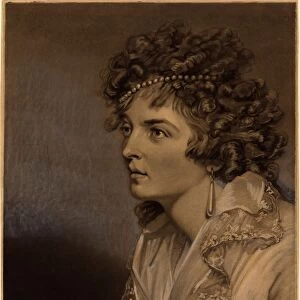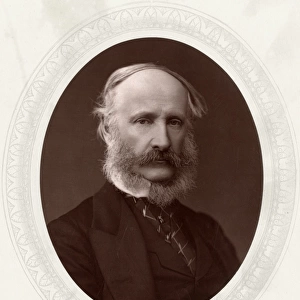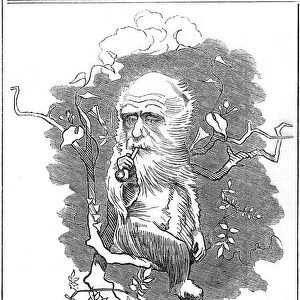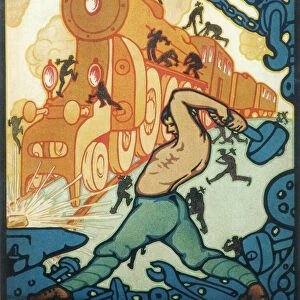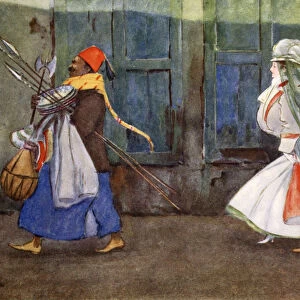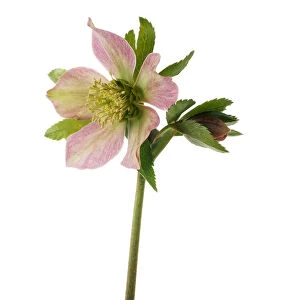Home > Asia > China > Related Images
Japanese infantry eat rice
![]()

Wall Art and Photo Gifts from Mary Evans Picture Library
Japanese infantry eat rice
Japanese infantry take a break to eat their rice ration. The rifles are the Arisaka type 38 Date: 1937-1945
Mary Evans Picture Library makes available wonderful images created for people to enjoy over the centuries
Media ID 14133027
© Robert Hunt Library/Mary Evans
Guns Infantry Rice Rifles Sino Arisaka
FEATURES IN THESE COLLECTIONS
> Asia
> China
> Related Images
> Asia
> Japan
> Related Images
EDITORS COMMENTS
This evocative photograph captures a moment of respite for Japanese infantry soldiers during the rigors of the Sino-Japanese War (1937-1945). The scene unfolds in a rustic, makeshift camp, where the soldiers, dressed in their uniforms and armed with their Arisaka Type 38 rifles, take a break to attend to their most basic need: the preparation and consumption of their rice rations. The Arisaka Type 38, a reliable and effective infantry weapon, lies beside each soldier, its wooden stock and metal barrel a testament to the military precision and discipline that characterized the Japanese army during this period. The soldiers' faces are etched with the weariness of battle and the harsh conditions of the Chinese terrain. Their expressions, however, are not one of despair or hopelessness, but rather, a sense of camaraderie and shared purpose. The communal act of eating, a universal human experience, transcends the boundaries of war and conflict, reminding us of the fundamental human need for sustenance and companionship. The photograph provides a glimpse into the daily life of Japanese infantry soldiers during wartime, offering a poignant reminder of the human side of military conflict. The simple act of eating rice, a staple of the Japanese diet, becomes a symbol of resilience and survival in the face of adversity. The Arisaka Type 38 rifles, once instruments of war, lie forgotten in the background, a testament to the fleeting nature of conflict and the enduring power of human connection.
MADE IN THE UK
Safe Shipping with 30 Day Money Back Guarantee
FREE PERSONALISATION*
We are proud to offer a range of customisation features including Personalised Captions, Color Filters and Picture Zoom Tools
FREE COLORIZATION SERVICE
You can choose advanced AI Colorization for this picture at no extra charge!
SECURE PAYMENTS
We happily accept a wide range of payment options so you can pay for the things you need in the way that is most convenient for you
* Options may vary by product and licensing agreement. Zoomed Pictures can be adjusted in the Basket.



